Honfleur 1824 – 1898 Deauville
French Painter
'Etude de jeunes Bretonnes'
Signature: signed lower right, revers named and defined 'Studies of young Breton women', watercolour, 15 x 10.5 cm, monogrammed lower right in the studio; stamped with cachet de vente 'E.B.' (l.r.); executed circa 1880-1885; annotations in pencil on verso: 'Marc; 46/27; No.17' Expertise: Manuel Schmit, Paris, dd. 18 May 2007 reference number CL7477
Medium: pencil and watercolour
Dimensions: image size 15 x 11 cm, frame size 33 x 28 cm
Biography: Eugène Louis Boudin (12 July 1824 – 8 August 1898) was a pioneering French landscape painter, celebrated for his exceptional ability to capture the natural world, particularly marine scenes and skies. As one of the first French artists to paint en plein air, Boudin’s work laid the foundation for the Impressionist movement, earning him admiration from contemporaries such as Charles Baudelaire and Jean-Baptiste-Camille Corot, who famously dubbed him the "King of the skies."
Boudin was born in Honfleur, a picturesque port town in Normandy. His father was a harbor pilot, and young Boudin worked aboard a steamboat between Honfleur and Le Havre before the family relocated to Le Havre in 1835. There, Boudin’s father opened a stationery and picture framing shop, where the young artist-to-be was introduced to the works of prominent artists. Inspired by the paintings he encountered and encouraged by established painters like Constant Troyon and Jean-François Millet, Boudin decided to pursue art full-time at age 22.
In 1850, Boudin moved to Paris after earning a scholarship. He studied under Eugène Isabey and honed his skills as a copyist at the Louvre. His travels through Flanders, Normandy, and Brittany further deepened his connection to the landscapes he loved to paint. The Dutch masters and his friendship with Johan Jongkind significantly influenced his style, leading him to paint outdoors—a technique that would become central to his work.
Boudin’s most famous pupil was Claude Monet, whom he befriended in 1857 when Monet was just 18 years old. Boudin encouraged the young artist to move beyond caricature and embrace landscape painting, instilling in him a love for natural light and color that would later define Monet's Impressionist work. Monet never forgot Boudin’s influence, and in an interview with Boudin's biographer Georges Jean-Aubry in the early 1920s, he declared, "If I have become a painter, I owe it all to Boudin."
Throughout his life, Boudin continued to gain recognition. He exhibited regularly at the Paris Salon, where his work caught the attention of Baudelaire, who praised his innovative approach. Despite being associated with the Impressionists and participating in their first exhibition in 1873, Boudin never considered himself a radical or an innovator.
Boudin spent his later years traveling extensively, particularly to Venice and southern France, where he sought refuge from his declining health. He received numerous accolades, including a gold medal at the 1889 Exposition Universelle and a knighthood in the Légion d'honneur in 1892.
After his wife’s death in 1889, Boudin spent his final years in Deauville, returning to Normandy, where he passed away on 8 August 1898. True to his lifelong passion, he died near the English Channel, under the skies that had inspired so many of his works. Boudin was buried at the Saint-Vincent Cemetery in Montmartre, Paris, leaving behind a legacy as a master of light, sky, and sea.


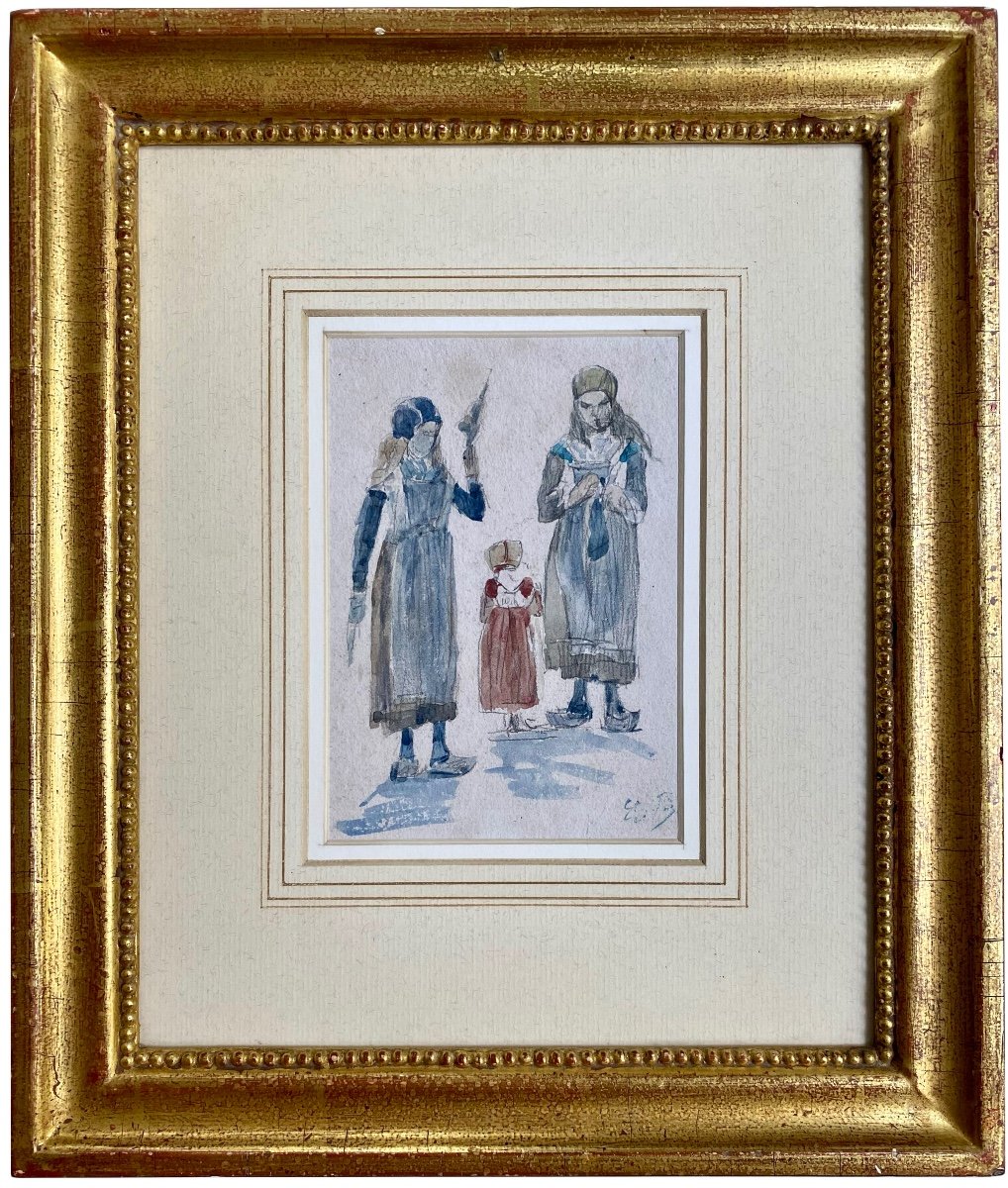







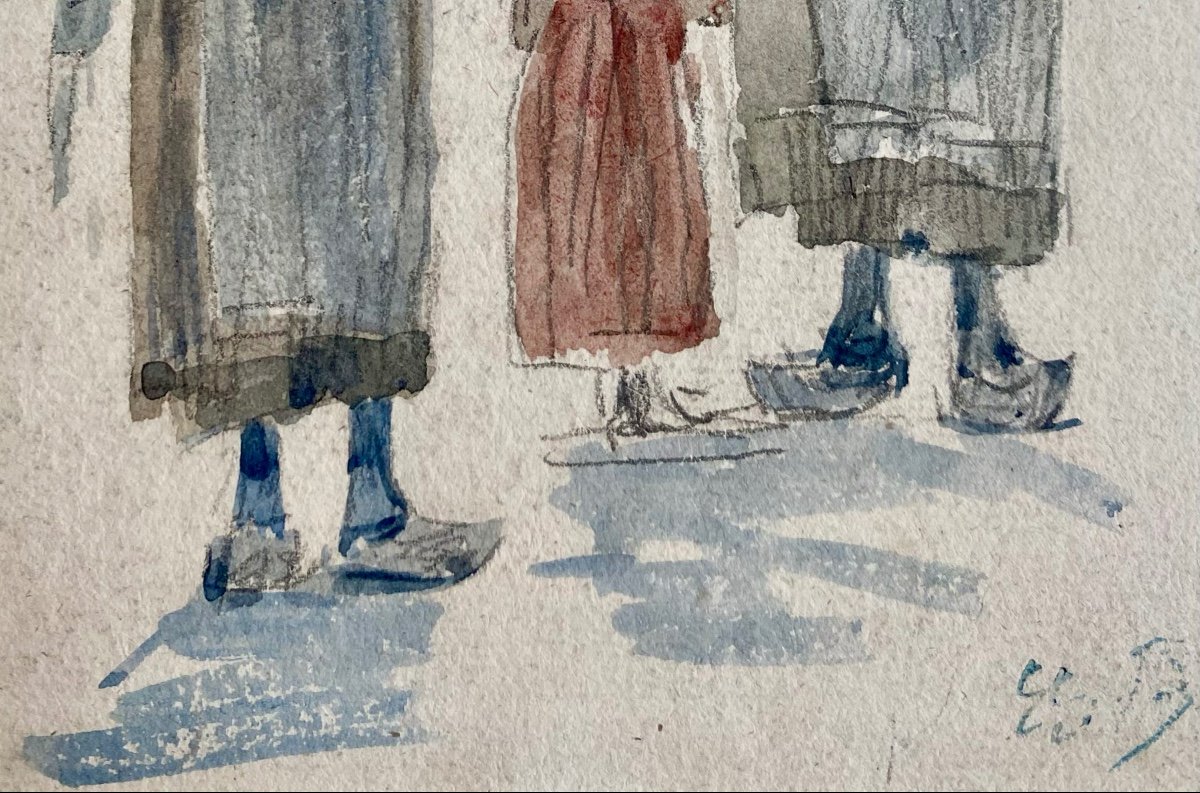












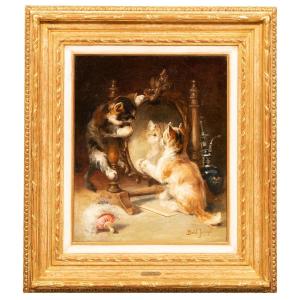
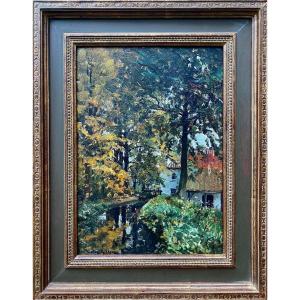
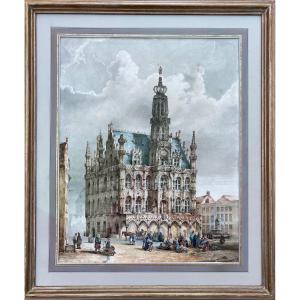
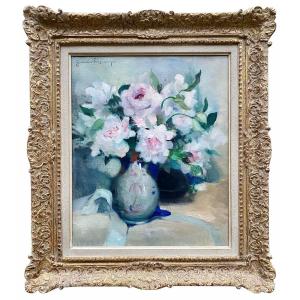

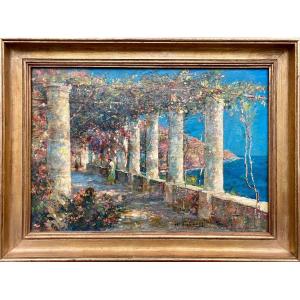
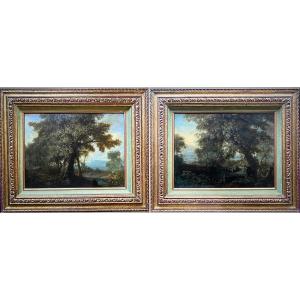

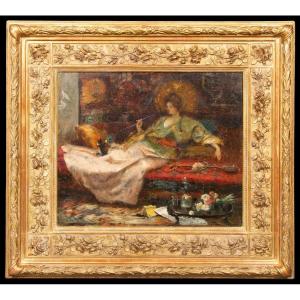
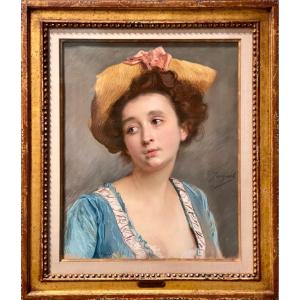
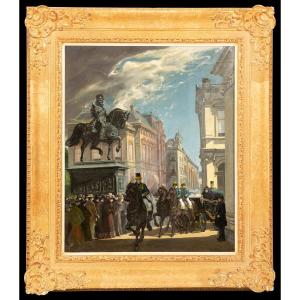

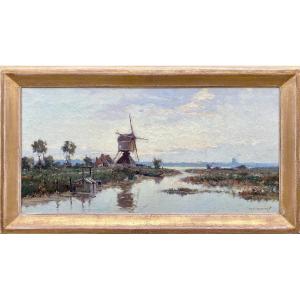
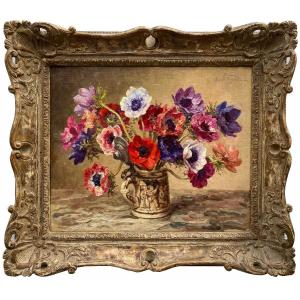
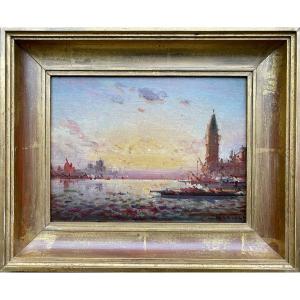
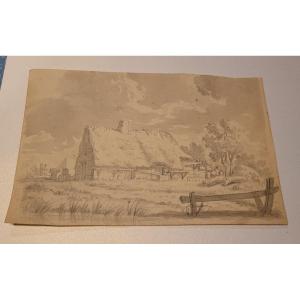
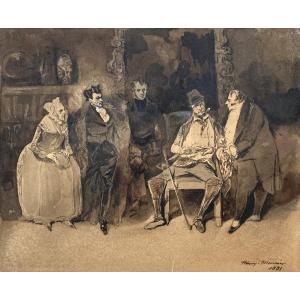


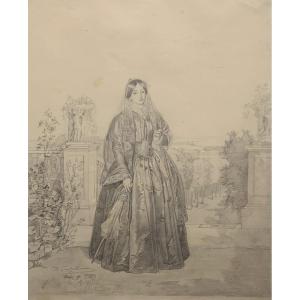



 Le Magazine de PROANTIC
Le Magazine de PROANTIC TRÉSORS Magazine
TRÉSORS Magazine Rivista Artiquariato
Rivista Artiquariato